
Shrubs Around Las Vegas, Vegetation Around Las Vegas
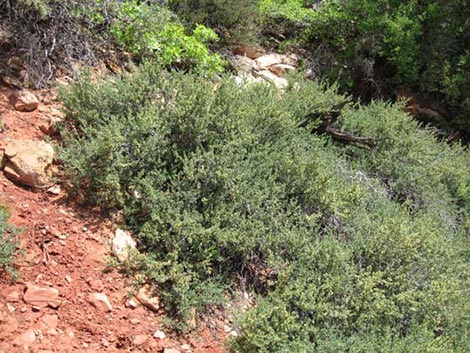 |
General: Antelope Bitterbrush (Purshia tridentata) is deciduous, spreading, many branched shrub typically 6-feet wide and 3-feet high with many horizontal (sprawling, unkempt) gray stems and a rounded crown. Leaves densely hairy, especially on the underside, but not sticky. Twig hairs generally not sticky. Antelope Bitterbrush is not common around Las Vegas. Look for this species in vegetation communities in middle-elevation canyons and ridges in the Upper Sonoran (Pinyon-Juniper Woodland) life zone on the west side of the Spring Mountains, over in Zion National Park, and points northward to British Columbia. Family: Rose (Rosaceae). Other names: Buckbrush |
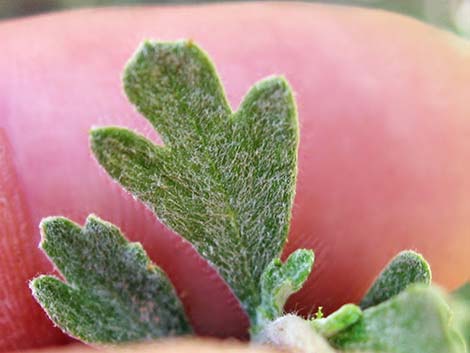 Antelope Bitterbrush leaf |
Plant Form: Spreading, many-branched shrub (many horizontal, sprawling, unkempt) with gray stems and a rounded crown. Height: Usually 3-4 feet high (to about 6 feet). Bark: Thin, grayish to brown. Stems: Young twigs slender, reddish brown, smooth, becoming reddish gray-brown with age. Many short, spur-like branchlets. Gland hairs not very sticky. Leaves: Deciduous. Small (1/4 to 3/4 inches long). Alternate. Leaflets wedge-shaped with a 3-lobed tip; green to gray-green above and grayish-white (densely white-woolly) below; short petiole, edges entire. Non-aromatic, which is in contrast to Big Sagebrush (Artemisia tridentata) that has a similarly shaped leaf. |
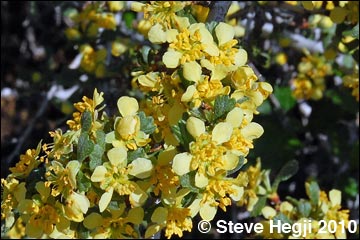 Antelope Bitterbrush flowers |
Flowers: Small (1/3 inch across) cream to yellow, typical wildrose-type with flared petals and many stamens. Petals 5; sepals 5. Flowers borne singly at tips of shoots. Blooms in spring and early summer. Seeds: Small, elongate (1/4 inch) green seed. Bitter tasting. Matures late summer to early fall. Habitat: Dry, well-drained sandy, gravelly, and rocky soils on upper bajadas and moderate slopes in the lower mountains into the Yellow-Pine belt. Elevation: 3,000 to 10,000 feet Distribution: Western U.S. and British Columbia. |
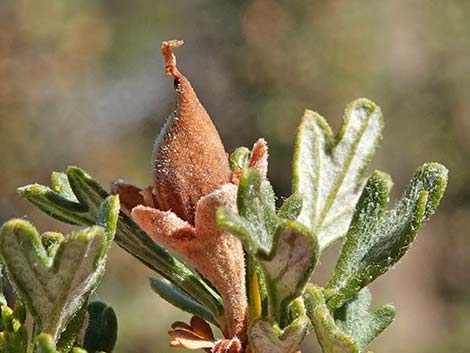 Antelope Bitterbrush fruit |
Comments: Cliffrose (Purshia stansburiana) and Bitterbrush (Purshia tridentata) occur in the same habitats, flowering in the spring, have similar flowers and leaves, and hybridize. Cliffrose tends to grow as an upright subtree (to 8-9 feet), while Bitterbrush tends to be a lower, spreading shrub. Cliffrose flowers are white. Bitterbrush is important browse for cattle, sheep, and goats, especially in late fall and winter when the ground is snow-covered. It is usually not eaten by horses. It is excellent browse for many species of wildlife, and it can be critical winter browse for mule deer. Two ecotypes, (a) multiple-stemmed, reclining (decumbent) plants, most commonly found at higher elevations, and (b) single-stemmed, columnar plants. A similar species, Desert Bitterbrush (P. glandulosa [syn. P. tridentata var. glandulosa]). The leaves are green, hairless or nearly so, has depressed glands on in-rolled leaf edges, and the shrub is evergreen. |
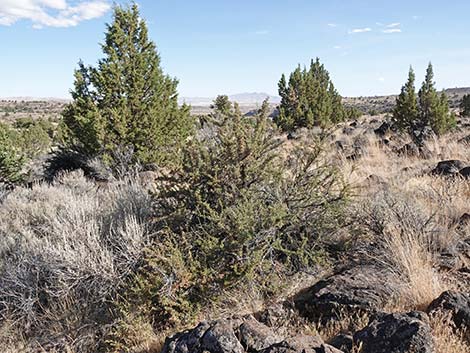 |
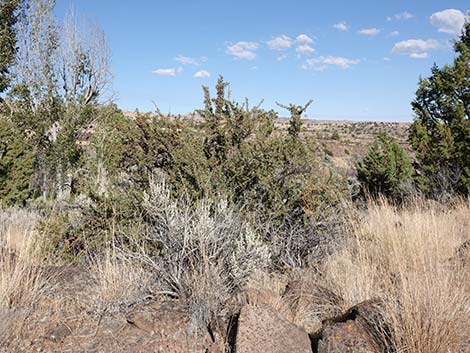 |
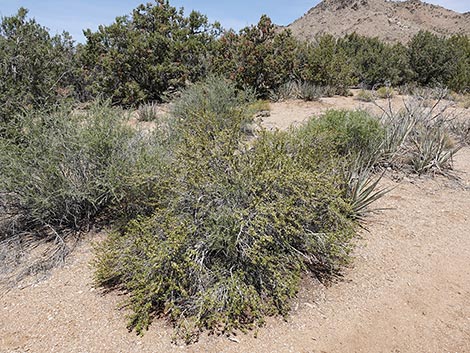 |
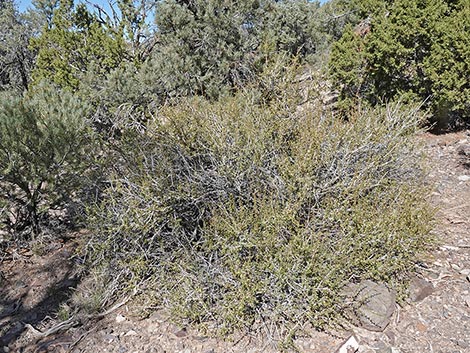 |
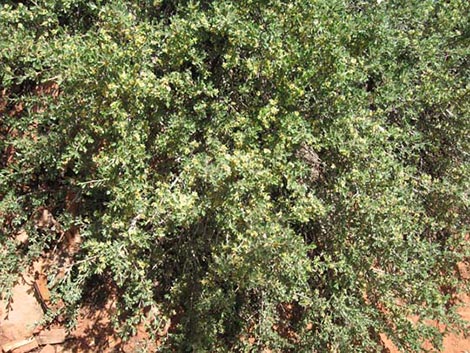 Antelope Bitterbrush during spring |
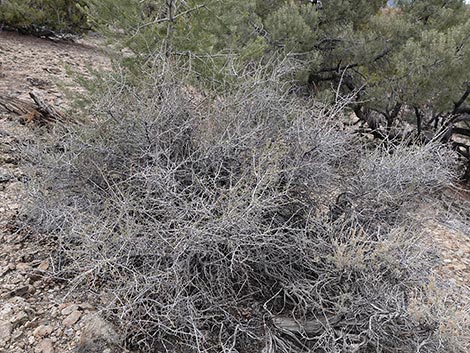 Antelope Bitterbrush during winter |
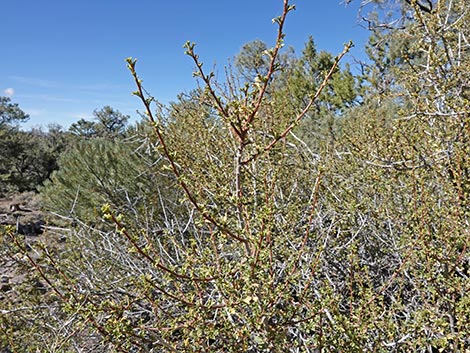 Upright, loosely branching shrub |
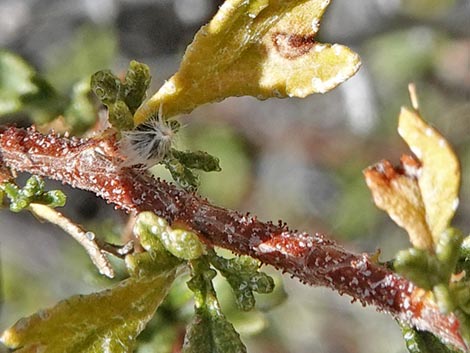 Stem hairs (glands) not particularly sticky |
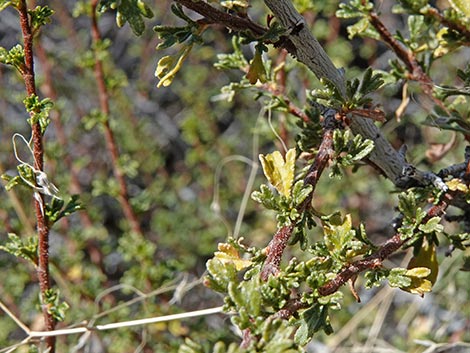 |
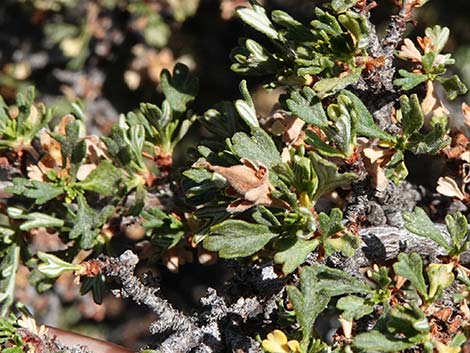 |
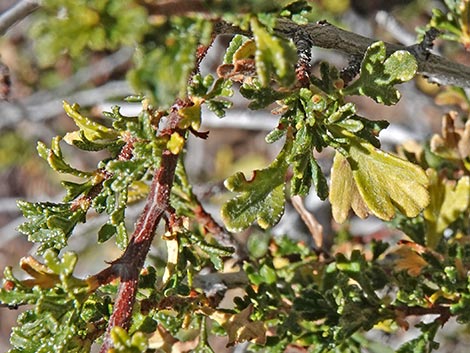 |
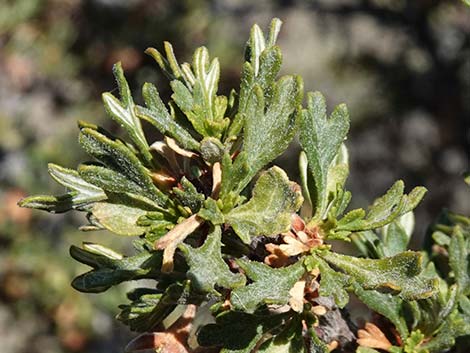 |
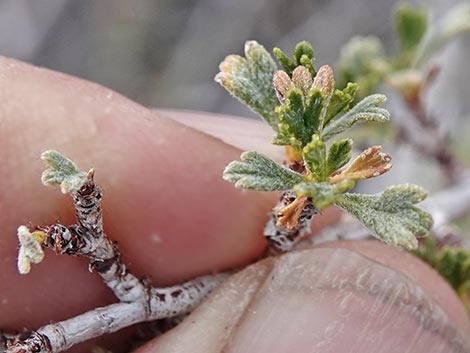 |
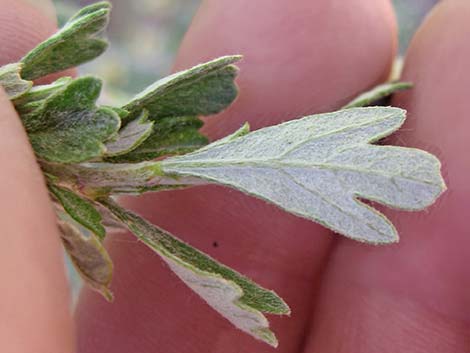 |
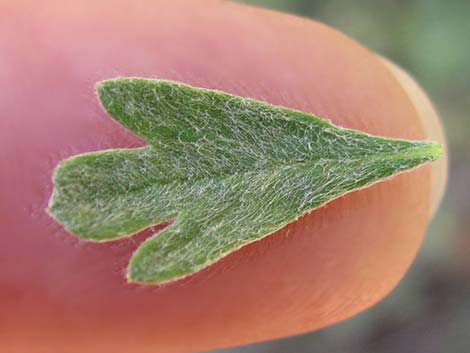 Bitterbrush leaf (dorsal surface) |
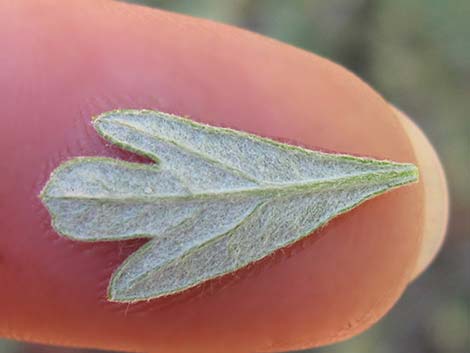 Bitterbrush leaf (ventral surface) densely hairy, not sticky |
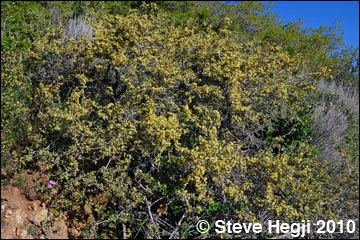 Bitterbrush is a sprawling, unkempt, many branched shrub. Photo © Steve Hegji 2010, UtahWildflowers.com. |
 Many 1/3-inch pale yellow flowers densely packed onto stems. Photo © Steve Hegji 2010, UtahWildflowers.com. |
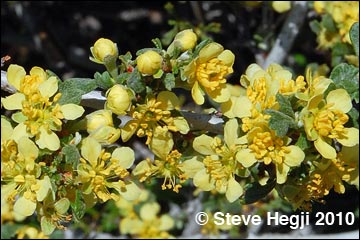 Wildrose-type flower with 5 flared petals and many stamens |
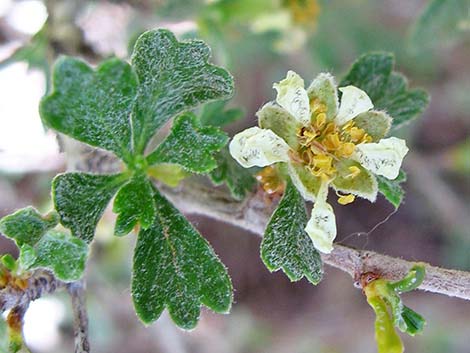 Old flowers and leaves |
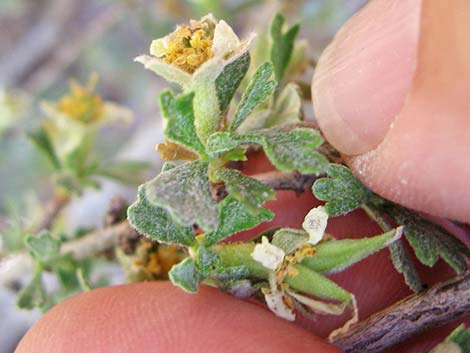 Old flowers and leaves; note that fruits are beginning to develop |
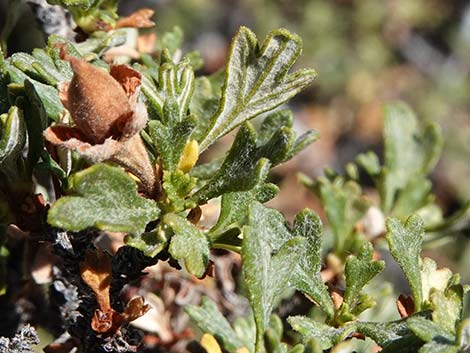 Ripe fruit and leaves |
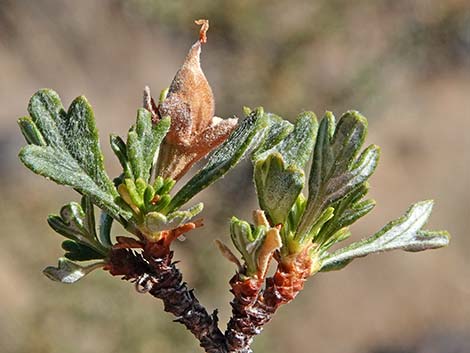 Ripe fruit |
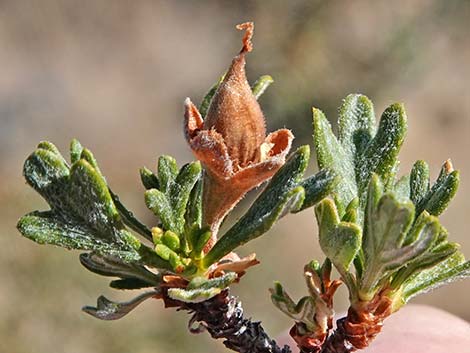 Ripe fruit |
 Ripe fruit |
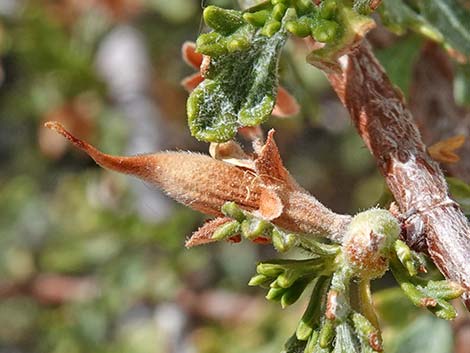 Ripe fruit |
Note: All distances, elevations, and other facts are approximate. Names generally follow the USDA database.
![]() ; Last updated 240920
; Last updated 240920
| All Shrubs | Plant Species Index | Glossary | Copyright, Conditions, Disclaimer | Home |